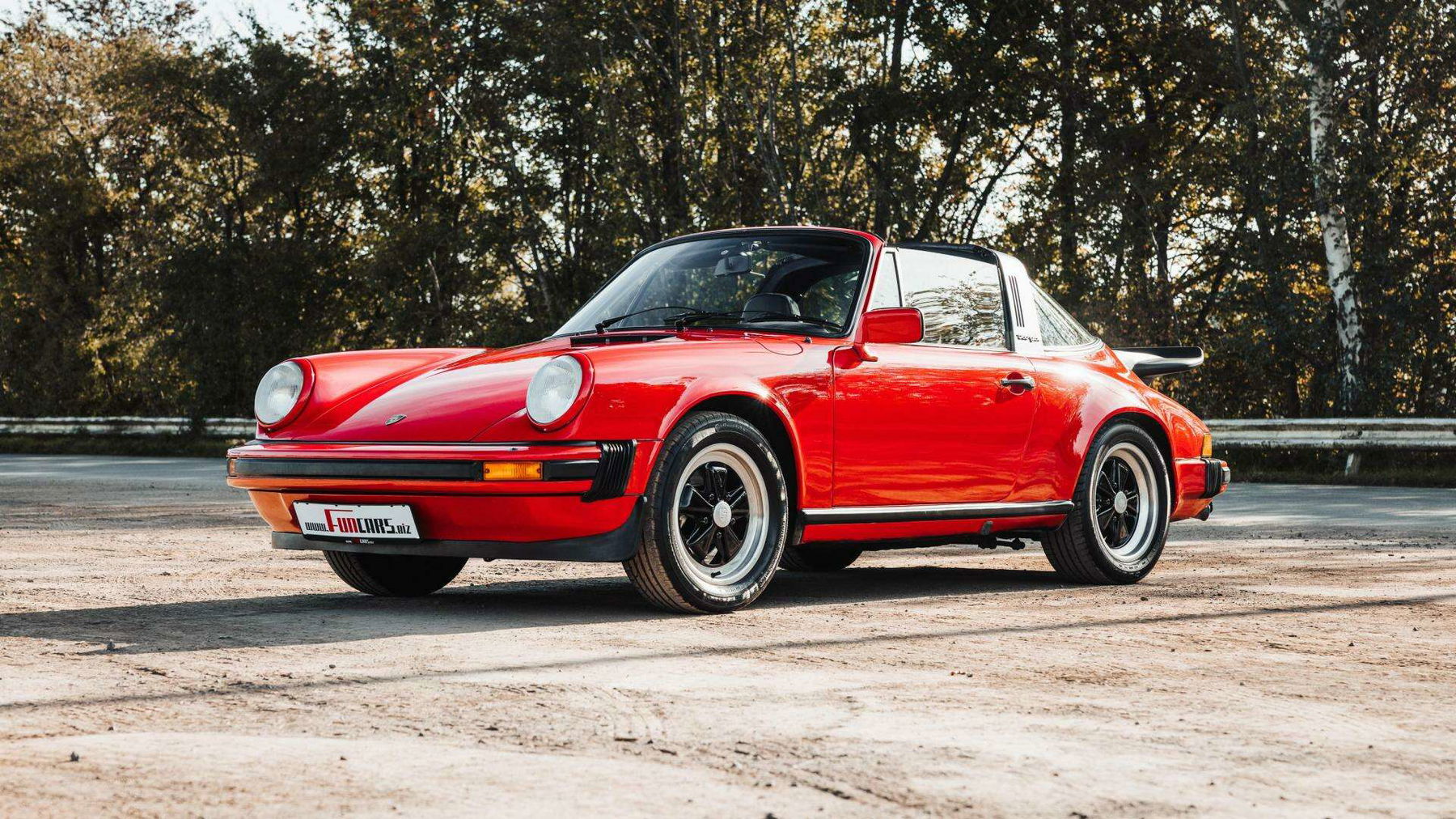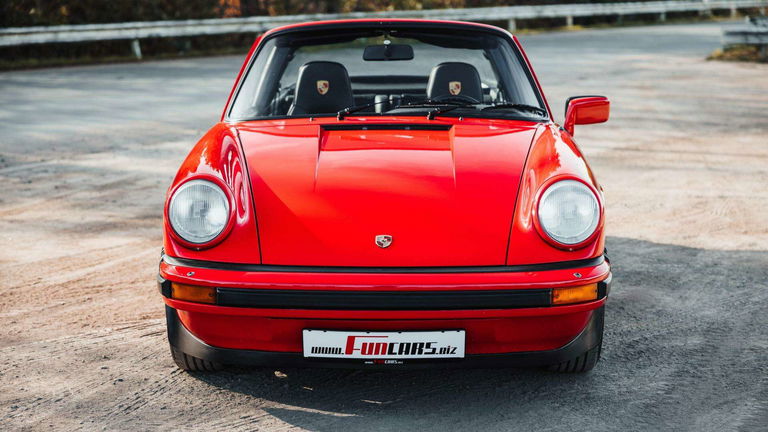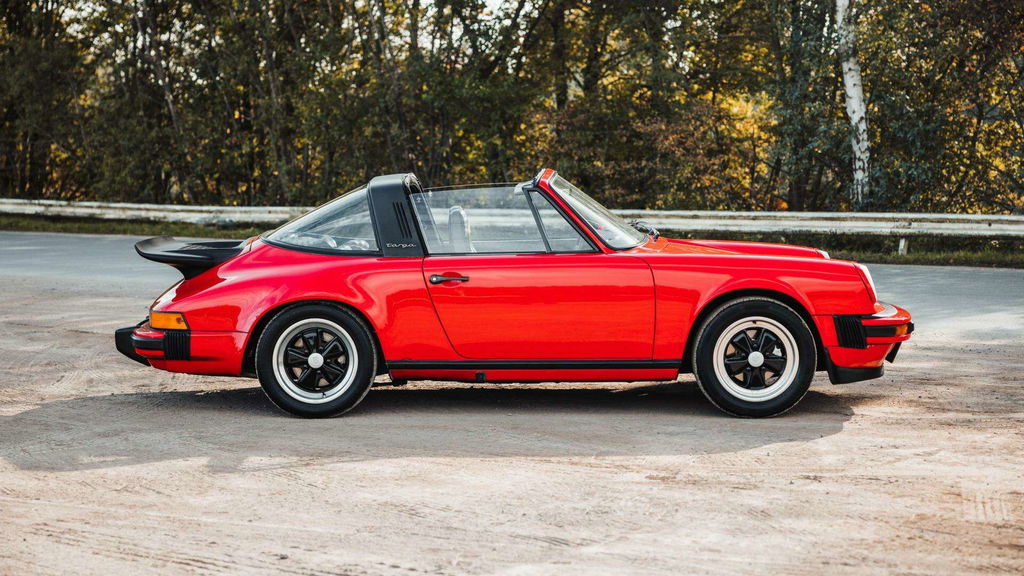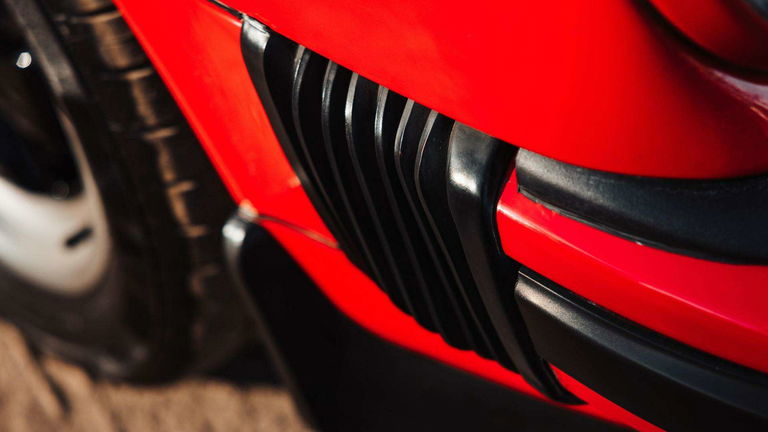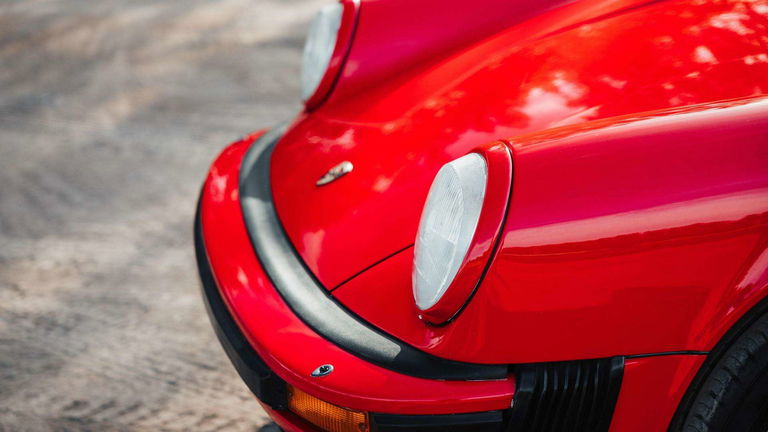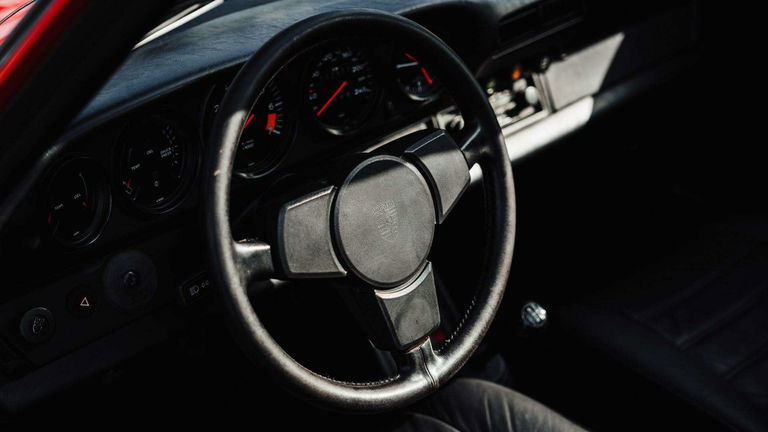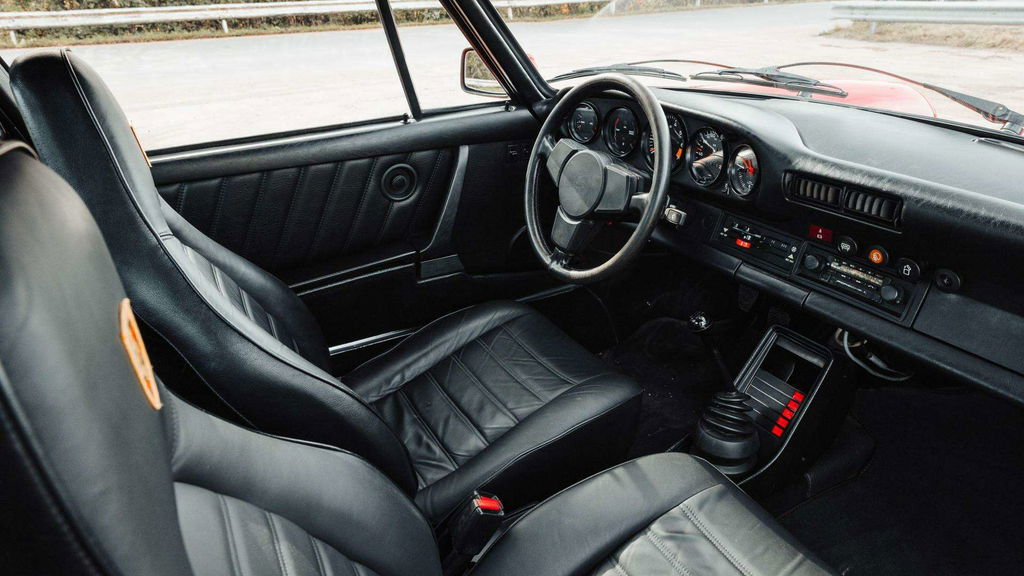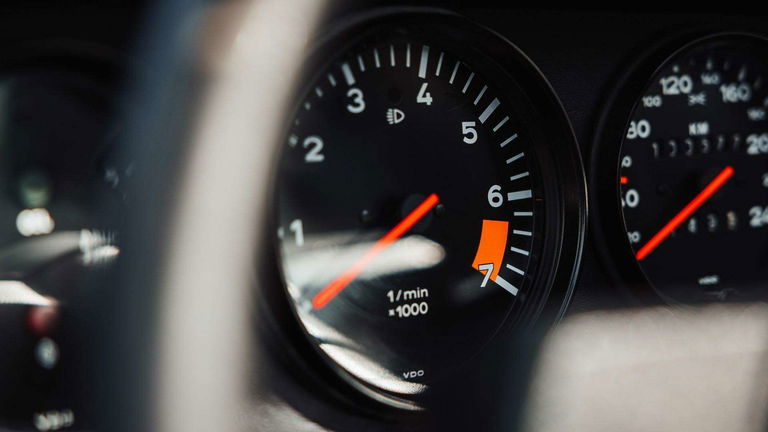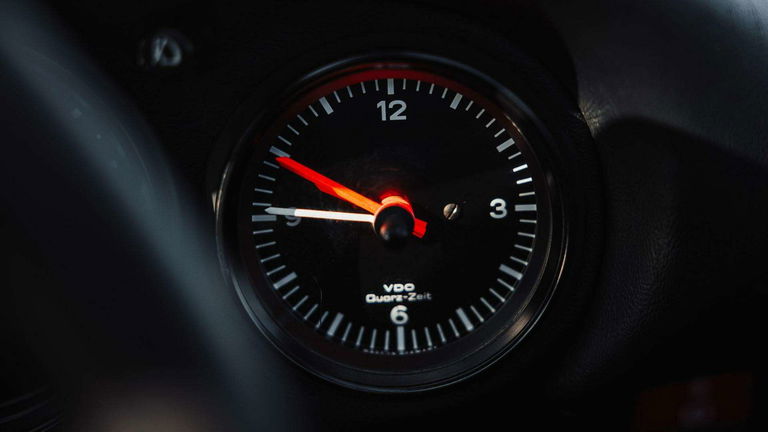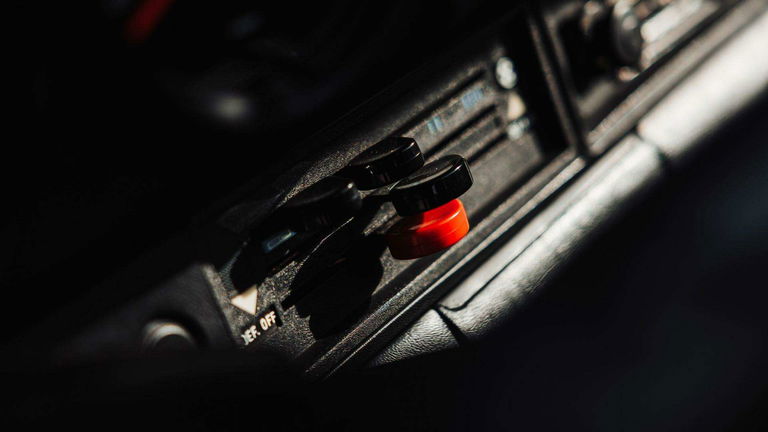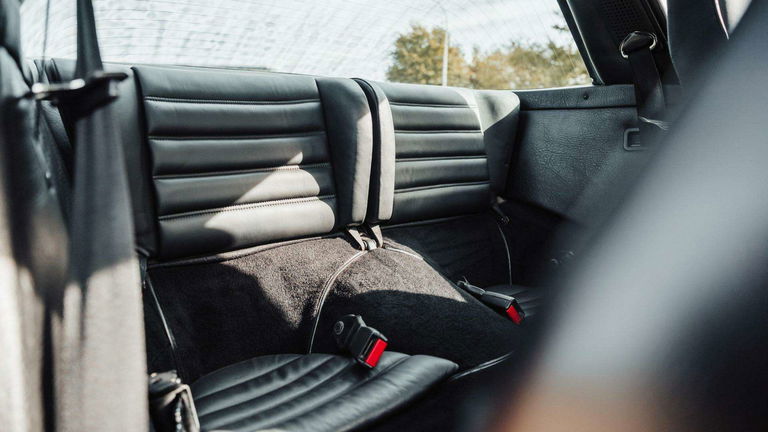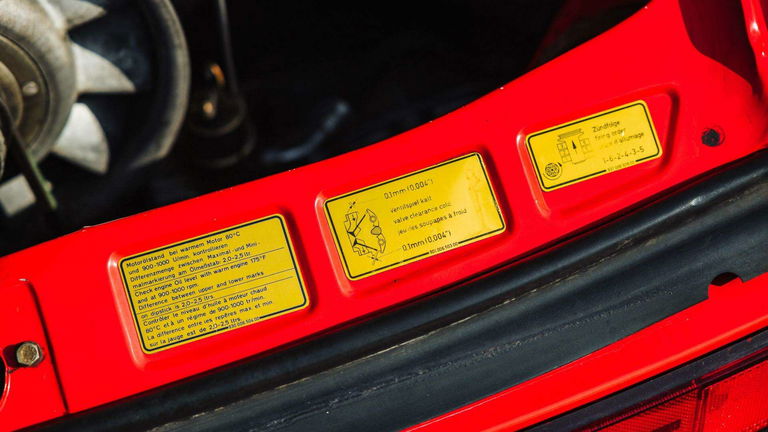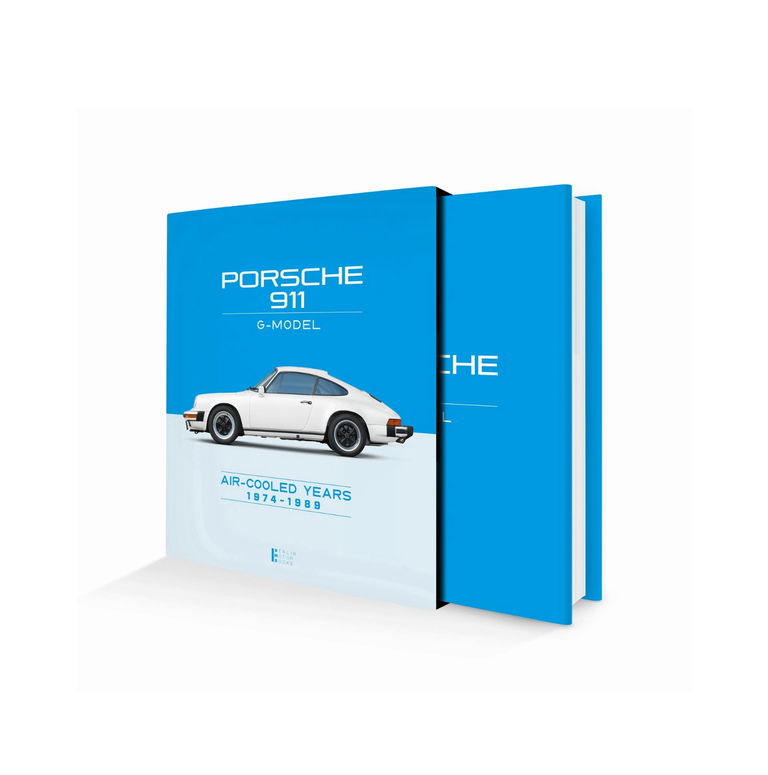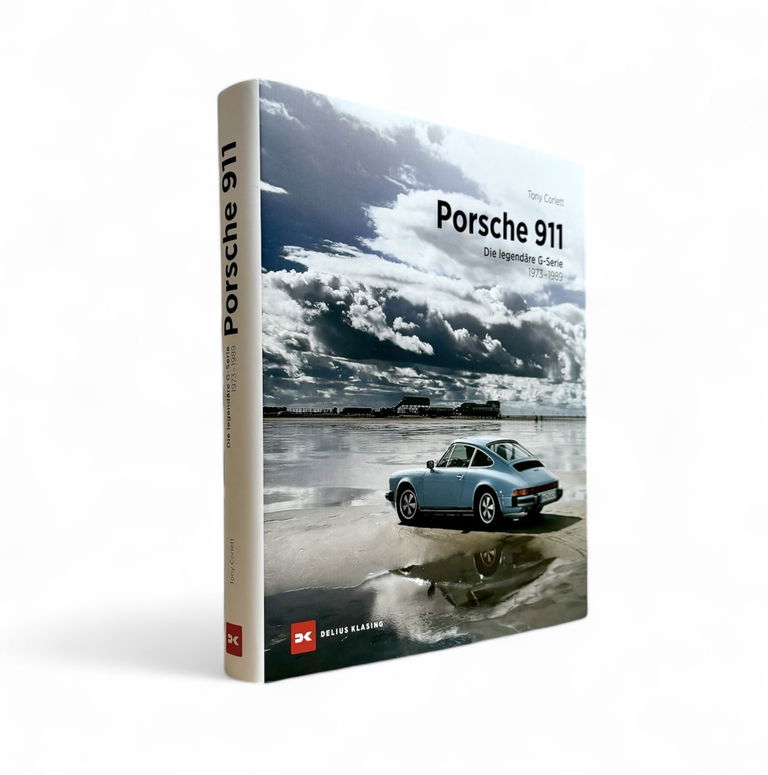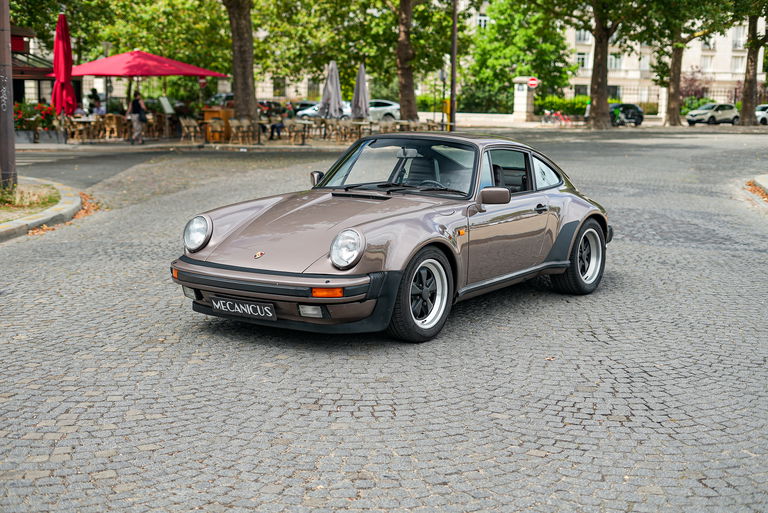The 1978 Porsche 911 3.0 SC had only 180 horsepower – twenty horsepower less than its predecessor, the Carrera 3.0. To emphasize the difference with its intended successor, the 928, Porsche did not want to make stronger versions. Until the customers started to protest.
It was to be expected that there was a grumbling because of the limited power of the 3.0 SC from 1978. After all, it is normally a generally accepted practice to ensure that each new model is more powerful and faster than its predecessor. Porsche has also consistently adhered to this rule. Until 1978 then. The rise of US emissions regulations meant that engines had to become more economical, but the measures taken to this end came at the expense of power and performance. The Porsche G models were hit hard, because the power gradually decreased, namely from 210 hp for the Carrera MFI that was built from 1974 to 1976 to 200 hp for the Carrera 3.0 in 1976 and 1977. But the measure was only really full for customers when it turned out that the new 3.0 Super Carrera (SC) had lost another 20 hp.
Demand quickly grew for some sort of booster kit, if only because Porsche dealer Max Moritz and Alois Ruf changed the bore of the 3.0 liter from 95 to 98 mm and as a result – along with a few other changes – came to more than 200 hp . Porsche already had a bore of 97mm for the Turbo, which, combined with a stroke of 70.4mm, would lead to an engine capacity of 3122cc. Only other Mahle pistons had to be found, but otherwise the efforts were limited. But because this arrangement clearly violated Fuhrmann’s policy of phasing out the 911, Ferry Porsche reportedly had to obtain permission before production could begin. The green light was only obtained under the express condition that the changes involved would be discrete, invisible to those not in the know.
The project eventually came under the auspices of Rolf Sprenger, who was then responsible for the repair shop at the Kundenzentrum in Zuffenhausen. The goal was to achieve the power of the 2.7 Carrera MFIs of 210 hp. Under the supervision of chief mechanic Helmut Pietsch, the compression ratio was increased from 8.6:1 to 9.5:1 by adjusting the heads. However, RON 98 fuel now had to be refueled. Also used were the cooling fins of the Turbo 3.3, as well as twelve Dilavar head bolts, which were less sensitive to thermal expansion than the standard steel parts. The K-Jetronic fuel pump also got more pressure. A larger oil radiator was fitted in the right front wing (the same as later used on the Carrera 3.2) and for top speed the 915 was fitted with a longer 5th gear. The upgrade was not advertised and was only sold by special request.
The 3.1 entered the books as an SC-L model and a cover letter confirmed that it was a 3.1 factory conversion. The letter also stated that although the modification did not affect the standard warranty, buyers with any engine problem should come directly to Porsche itself, since the dealer would not have the parts for this car in stock anyway. In reality, this was more about an attempt to keep the 3.1 a secret than about Porsche’s genuine concern for their customers. The exact production number of the 3.1 is no longer known at Porsche because all information regarding the 3.1 program was destroyed. It is believed to be about 100 to 150 cars, half of which were sold to Porsche staff and the other half to German customers.
This makes the 3.1 not only a unique story, but also an extremely rare version.
Our red 3.1 targa was delivered to its first German owner on April 11, 1980. The cover letter, mentioned earlier, confirming that this is a factory 3.1 is still present. Needless to say, after 40 years, this letter from most 3.1s is no longer available.
Since new, this car has had 5 owners. In the early 1990s, the odometer was replaced, so according to the available documentation, the car has run 120,000 KM more than what can be read on the odometer.
In addition to the maintenance booklet, a lot of documentation is available, as well as a certificate of authenticity.
The car is in a beautiful and original condition! The paint is still the original factory paint!
In short, a real top collector!
